The Digital Asset Trading Platform Market is currently characterized by a dynamic competitive landscape, driven by rapid technological advancements and evolving regulatory frameworks. Major players such as Binance (CN), Coinbase (US), and Kraken (US) are at the forefront, each adopting distinct strategies to enhance their market positioning. Binance (CN) continues to leverage its extensive global reach and diverse product offerings, focusing on innovation and user experience. Meanwhile, Coinbase (US) emphasizes regulatory compliance and user education, aiming to attract a broader audience. Kraken (US) has carved a niche by prioritizing security and transparency, which resonates well with institutional investors. Collectively, these strategies contribute to a competitive environment that is both fragmented and highly competitive, with each player striving to differentiate itself through unique value propositions.
In terms of business tactics, companies are increasingly localizing their operations to cater to regional markets, optimizing their supply chains to enhance efficiency. The market structure appears moderately fragmented, with a mix of established players and emerging platforms vying for market share. This fragmentation is indicative of a landscape where innovation and customer-centric approaches are paramount, allowing companies to carve out specific niches while competing on a global scale.
In August 2025, Binance (CN) announced the launch of its new decentralized finance (DeFi) platform, aiming to capitalize on the growing interest in DeFi solutions. This strategic move not only diversifies Binance's offerings but also positions it as a leader in the DeFi space, potentially attracting a new segment of users seeking innovative financial products. The launch underscores Binance's commitment to remaining at the cutting edge of market trends and responding to consumer demands for more decentralized options.
In September 2025, Coinbase (US) expanded its operations into several emerging markets, including Southeast Asia and Africa, by establishing local partnerships with fintech companies. This expansion strategy is significant as it allows Coinbase to tap into underbanked populations, thereby increasing its user base and enhancing its global footprint. By localizing its services, Coinbase is likely to foster greater trust and engagement among new users, which could translate into increased trading volumes and revenue.
In July 2025, Kraken (US) secured a strategic partnership with a leading cybersecurity firm to bolster its security protocols. This collaboration is particularly relevant in an era where security breaches can severely undermine user trust. By enhancing its security measures, Kraken not only protects its assets but also positions itself as a trustworthy platform, which is crucial for attracting institutional clients who prioritize security in their trading activities.
As of October 2025, the competitive trends within the Digital Asset Trading Platform Market are increasingly defined by digitalization, sustainability, and the integration of artificial intelligence. Strategic alliances are becoming more prevalent, as companies recognize the value of collaboration in navigating complex regulatory environments and technological advancements. Looking ahead, competitive differentiation is likely to evolve from traditional price-based competition to a focus on innovation, technological integration, and supply chain reliability. This shift suggests that companies that prioritize these aspects will be better positioned to thrive in an increasingly competitive landscape.


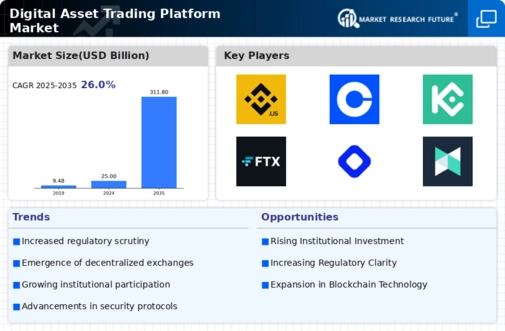
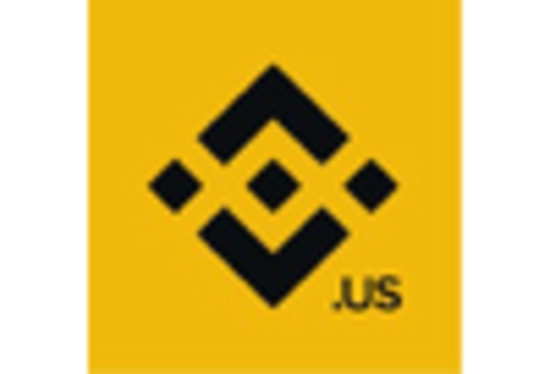

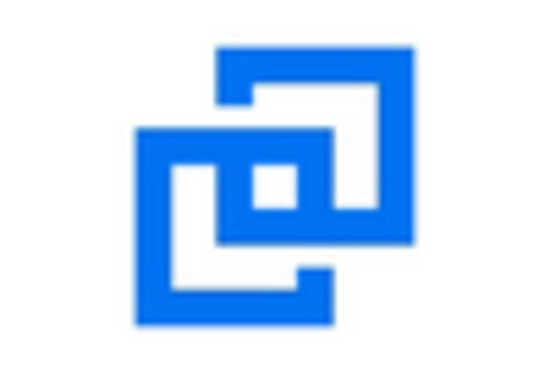
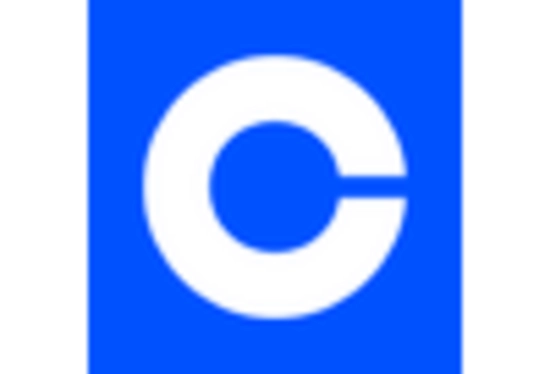

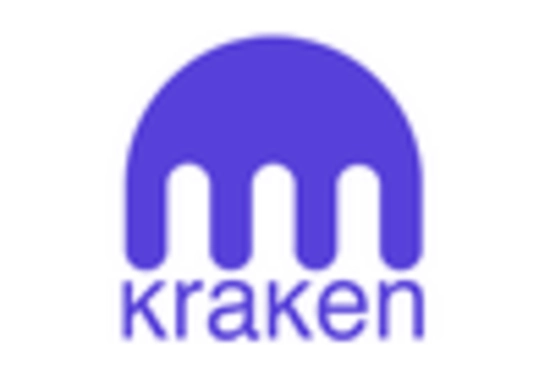








Leave a Comment